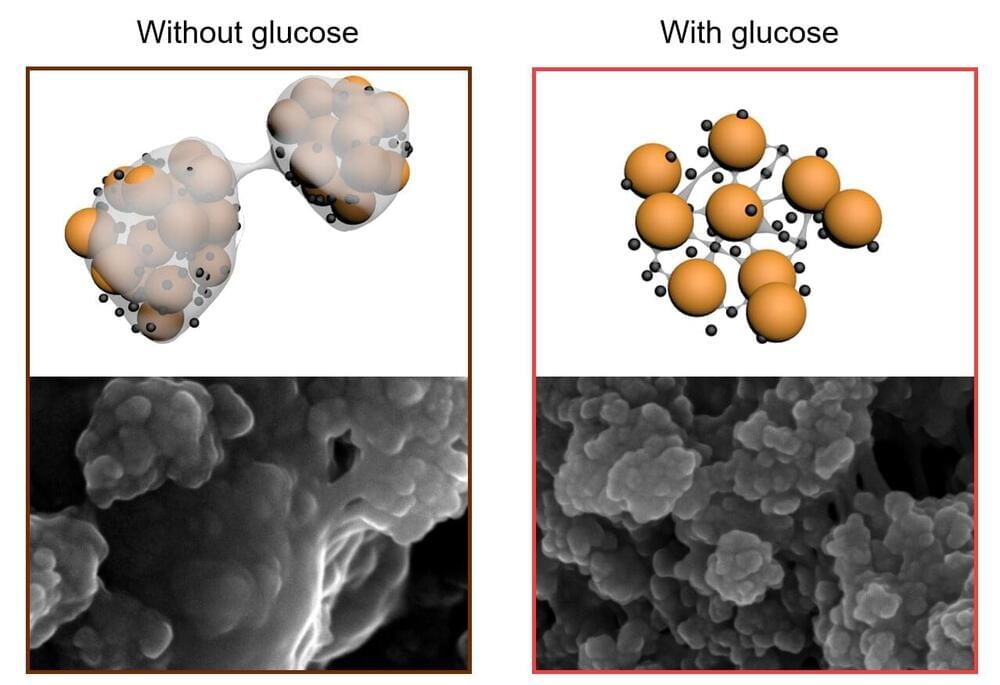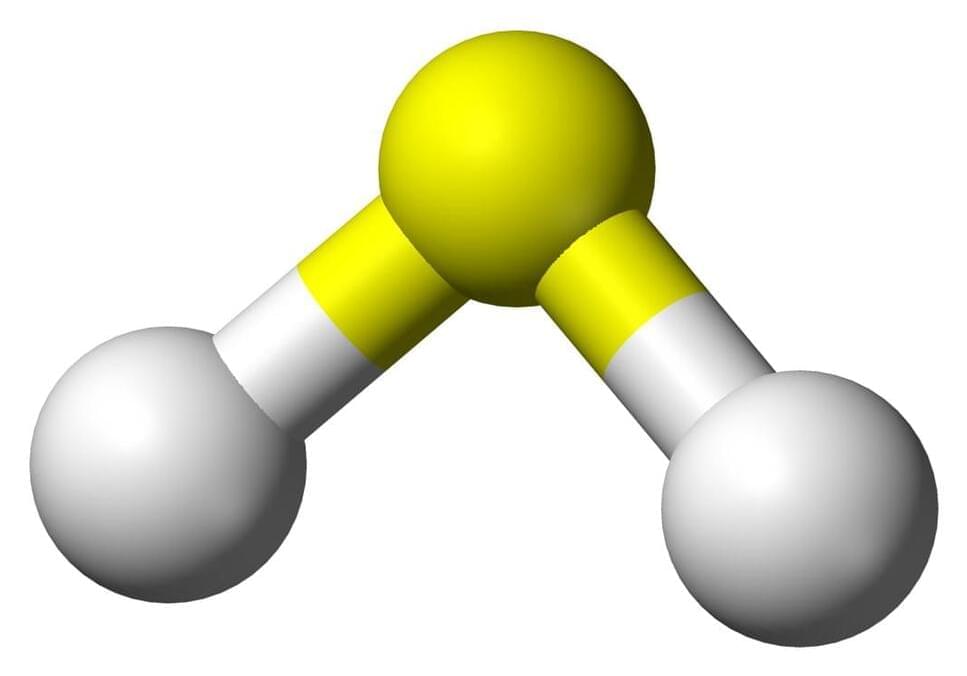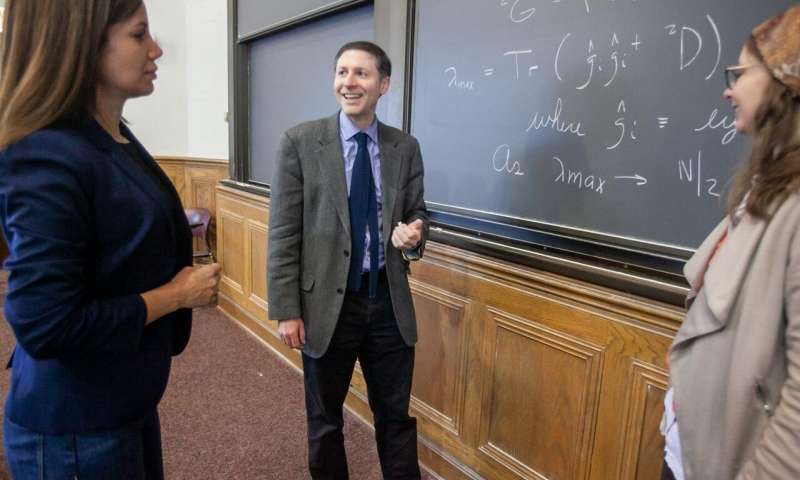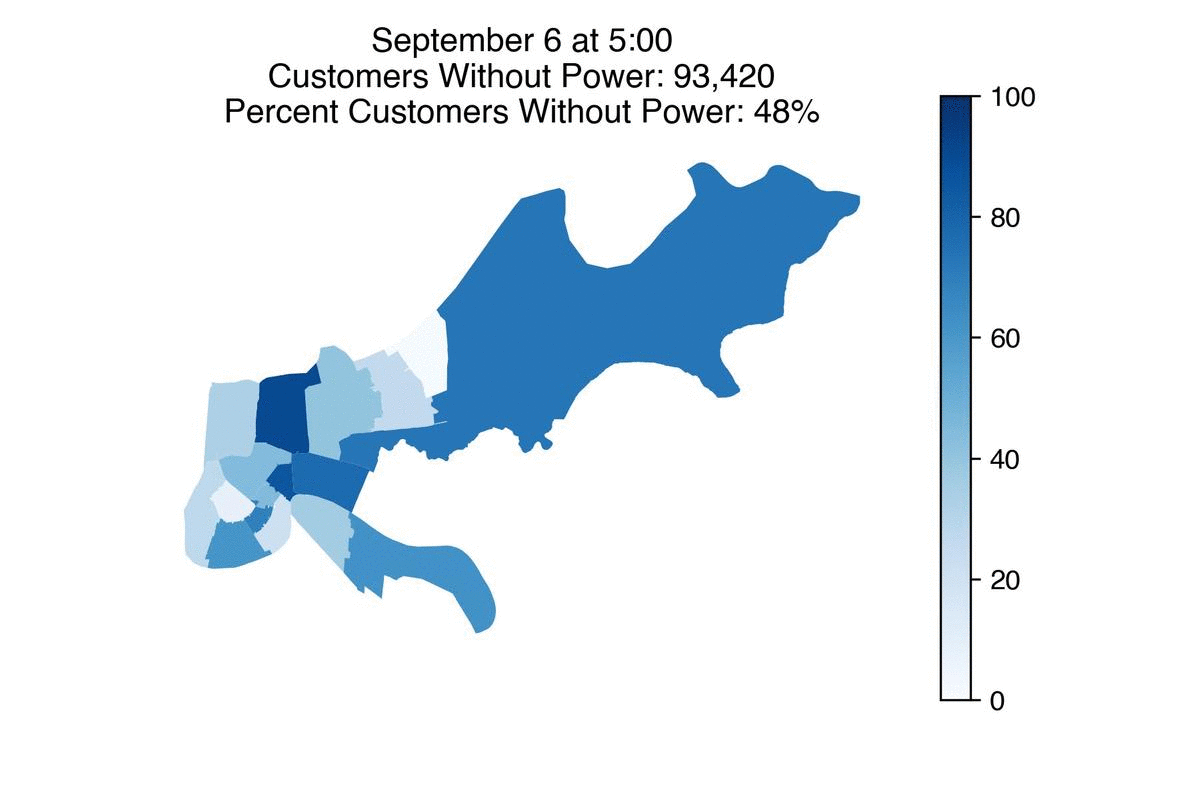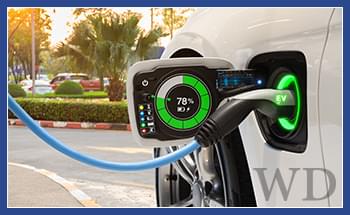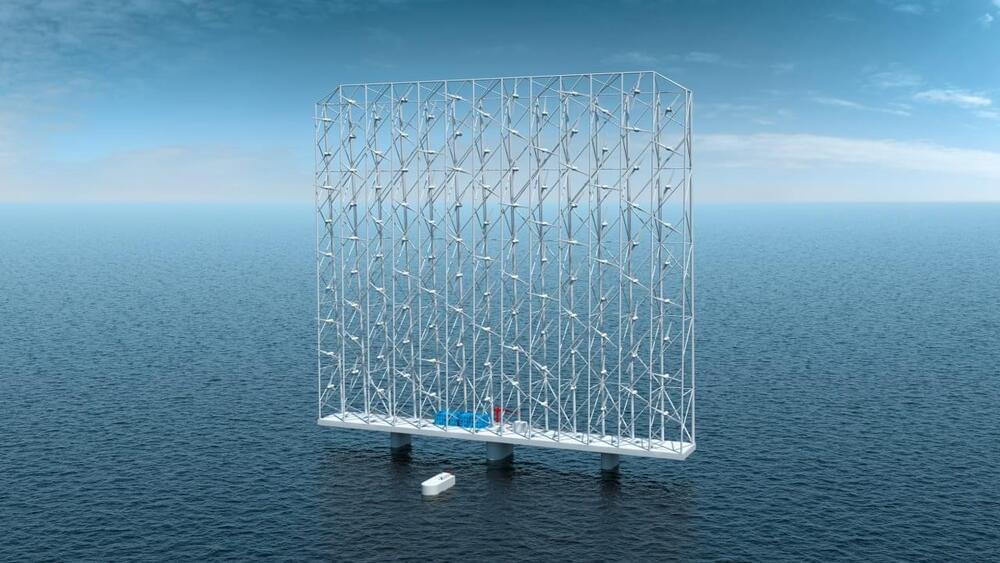I drove 1,800 miles in a Hydrogen Fuel Cell Car! Thanks to Toyota for sponsoring this video and lending us the 2021 #Mirai.
Upcoming videos in this series:
Hydrogen vs. Battery Electric.
Grid Energy Storage.
Concentrated Solar.
Creator/Host: Dianna Cowern.
Editor: Levi Butner.
Producer: Hope Butner.
Production Assistant: Patrick Muhlberger.
Research: Sophia Chen and Erika Carlson.
Support Physics Girl.
https://www.patreon.com/physicsgirl.
http://physicsgirl.org/
http://twitter.com/thephysicsgirl.
http://facebook.com/thephysicsgirl.
http://instagram.com/thephysicsgirl.
Special thank you to our X-Ray tier patrons: Carlos Patricio, David Cichowski, Eddie Sabbah, Fabrice Eap, Gil Chesterton, Isabel Herstek, Margaux Lopez, Matt Kaminski, Michael Schneider, Patrick Olson, Vikram Bhat, Vincent Argiro, wc993219.
Thanks to Toyota!
